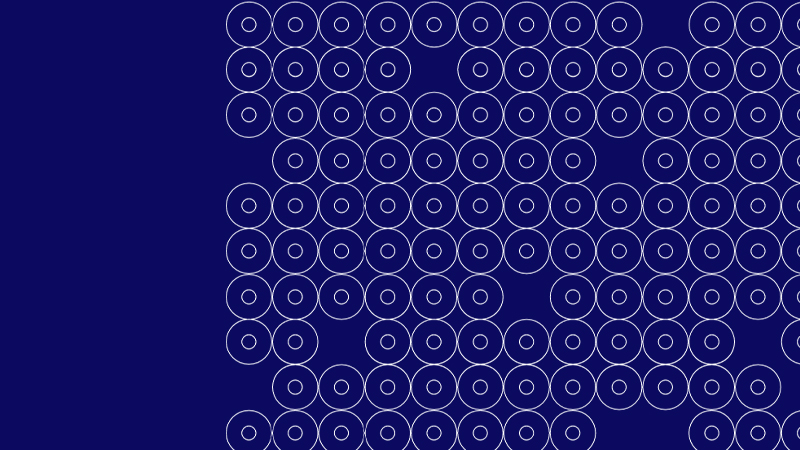The dearth of new bactericidal or bacteriostatic drugs entering the clinic and the emergence of infections due to multi-antibiotic resistant bacteria requires international collaboration supported by substantial financial investment. New drugs and/or therapeutic approaches are urgently needed to control bacterial infections and safeguard the health of populations.
The primary aim of this first joint call of JPIAMR is to combine the resources, infrastructures, and research strengths of multiple countries in order to overcome antibiotic resistance. The goal is to foster multinational translational research collaborations that can accomplish more than individual countries working independently, leading to improved control of bacterial infections.
It is expected that through international collaborations that combine complementary and synergistic research strengths, this JPIAMR call will facilitate the generation and application of new approaches to overcome antibiotic resistance.
Call Topics
The call will cover research addressing the following topics:
- Re-evaluation of existing anti-microbial compounds either alone or in combination with other drugs, immune-modulators or anti-bacterial approaches.
- Identification of new bacterial targets and/or therapeutic compounds in combination with point-of-care
companion diagnostics where relevant. - Discovery and implementation of novel therapies to overcome known antimicrobial resistance mechanisms
and restore susceptibility to conventional antibiotics. Examples might include studies on novel enzyme or efflux pump inhibitors, as well as studies aimed at understanding and overcoming the mechanisms controlling the generation of resistance. - Strategies for optimization of drug use, dosage and delivery of new drugs or drug combinations.
- Strategies to inhibit or reduce the acquisition of resistance such as single molecular agents effective against multiple targets as well as therapeutics that enhance immune pathogen elimination, disrupt colonization, biofilm development, and virulence.
Following sub-topics are not in the purpose of the call:
- Assessing the role of commensal flora in homeostasis and microbe’s pathogenicity, and elucidating how
commensal organisms or probiotics can be used to prevent or treat infections. - Investigating the initial steps of the infection process.
- Late stage clinical trials (Phase II and further).
Information & application
This call is closed.
Related material
Research spotlights from this call:
- NACPLI: Non-conventional approaches for peptidoglycan cross-linking inhibition (pdf 0,2 MB)
- noTBSec: New intervention strategy for tuberculosis by blocking multiple essential targets (pdf 0,2 MB)
- SENBIOTAR: Sensitising Pseudomonas aeruginosa biofilms to antibiotic and reducing virulence through novel target inhibition (pdf 0,2 MB)
Funders
Belgium
The Research Foundation – Flanders (FWO)
Fund for Scientific Research (FNRS)
Canada
Canadian Institute of Health Research (CIHR)
Denmark
The Danish Council for Strategic Research
France
French National Research Agency (ANR)
Israel
Chief Scientist Office, Ministry of Health
The Netherlands
The Netherlands Organisation for Health Research and Development (ZonMw)
Norway
The Research Council of Norway (RCN)
Poland
National Science Centre
Spain
Instituto de Salud Carlos III
Sweden
Swedish Research Council (SRC)
Turkey
The Scientific and Technological Research Council of Turkey (TÜBITAK)
United Kingdom
Medical Research Council (MRC)
Supported projects
Seven projects were awarded funding within the JPIAMR first joint transnational call: “InnovaResistance: Innovative approaches to address antibacterial resistance”. Click on the project titles in the list below to learn more about each project.

